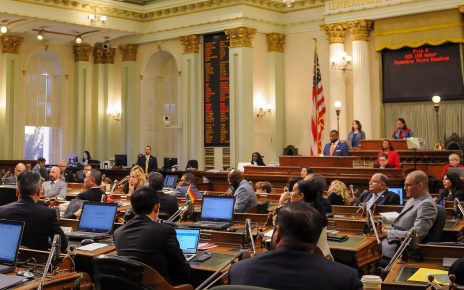Pondering Some Changes to California’s Recall Process
California has all three forms of direct democracy embodied in its state Constitution in Article II. The initiative, referendum and recall were adopted by the voters 110 years ago in 1911. Section 13 of Article II defines the recall as...







